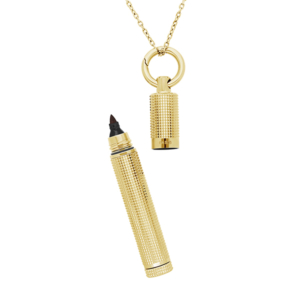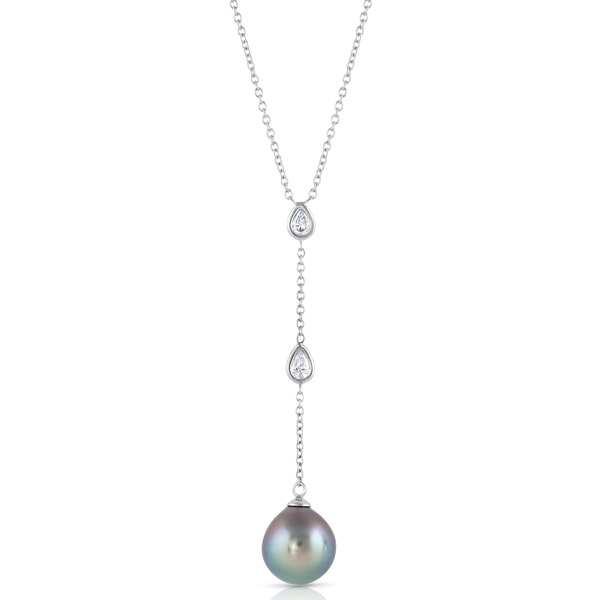
The black pearl. Back in my preteen years, the only image those words conjured was that of a ship from a Disney film about pirates. You know the one.
How entering the world of jewelry has changed that.
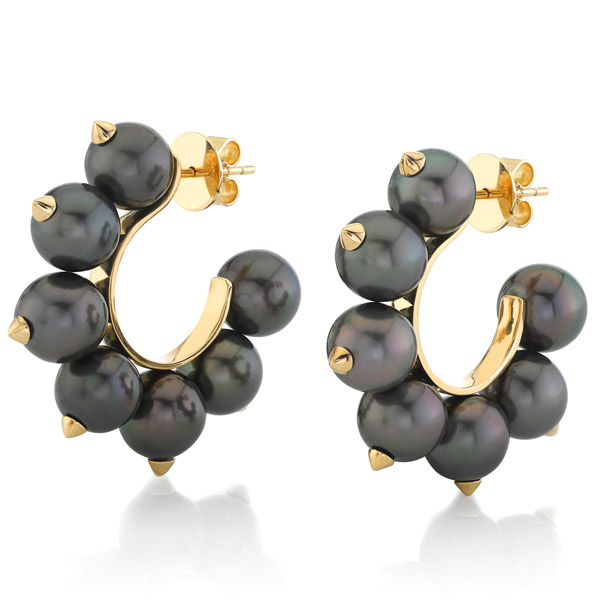
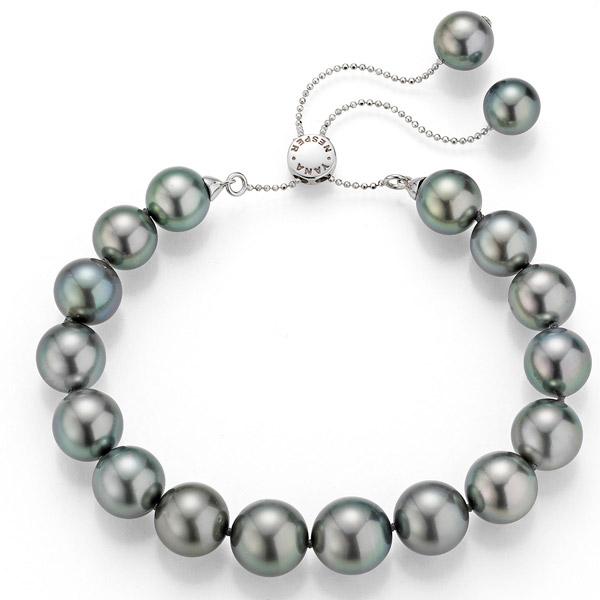
Pearl jewelry has grown by leaps and bounds in recent years—you’ve probably heard “not your grandmother’s pearls” more times than you can count. But there’s a reason the phrase has become so commonplace, and that’s because “cool” pearl jewelry is more widely available than ever.
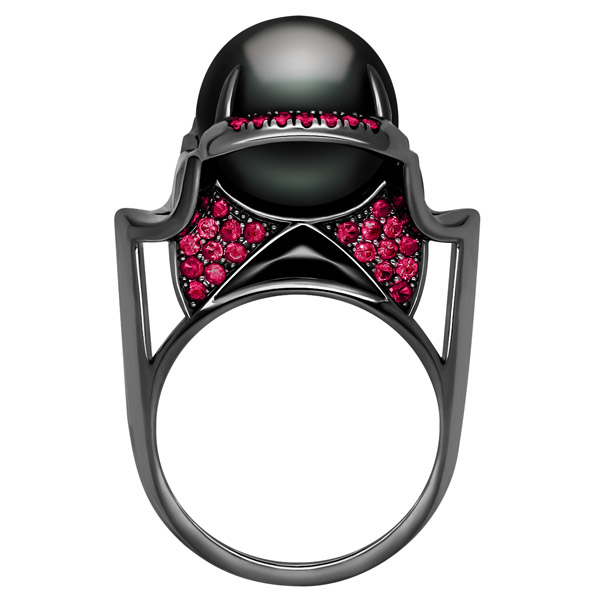
That’s not to say it’s trite—the modern pearl is anything but. And if the traditional white pearl can be made hip, then the black pearl, with all its drama and sex appeal, lends a dark delicacy that elevates the cool factor.
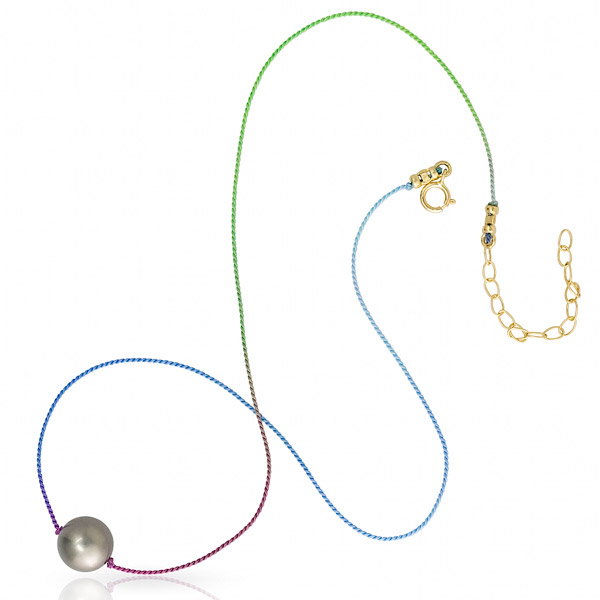
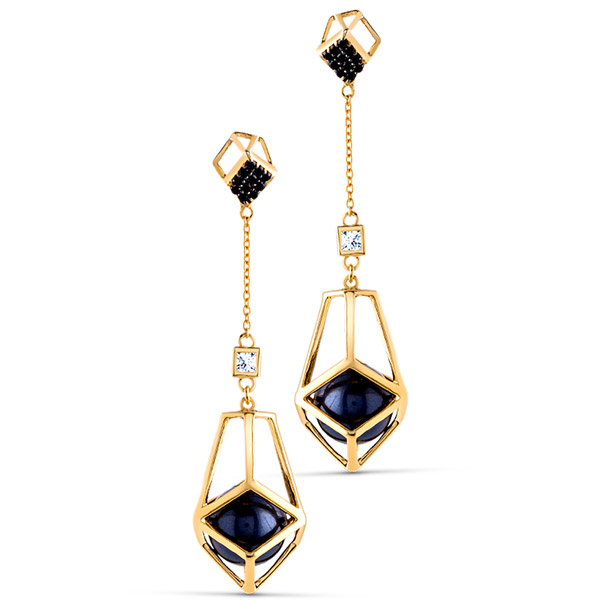
It all feels a bit rebellious, no? Like a sleek leather jacket that instantly dramatizes any ensemble. But beyond the obvious aesthetics, what makes a black pearl so special?
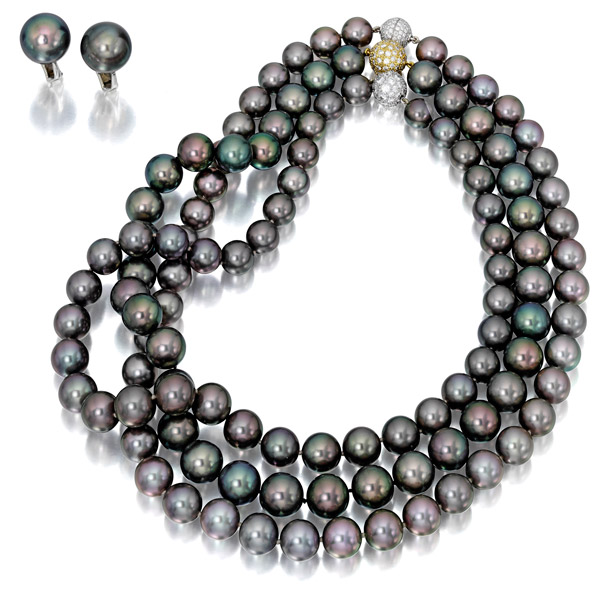
Perhaps no brand knows that better than Assael. In a documentary on pearl pioneer Salvador Assael, which made its debut in June, the brand details how its late CEO spearheaded the endeavor of bringing black Tahitian pearls to the jewelry market.
When presented with a black pearl in the early ’70s, “Salvador gasped,” said Assael’s current CEO, Christina Lang Assael (who was married to Salvador), in the documentary. “There were no natural color black pearls on the market anywhere, but Salvador was such a genius. He recognized the value of a natural color black pearl. So, what did Salvador do? He decided to start cultivating. True to form, he produced the most magnificent pearls you could make.”
Magnificent, indeed—the first-ever Tahitian pearl necklace, created by Salvador, was sold by his friend Harry Winston at his store in less than a week. “A whole new gem was launched with that necklace,” said Christina Lang Assael.
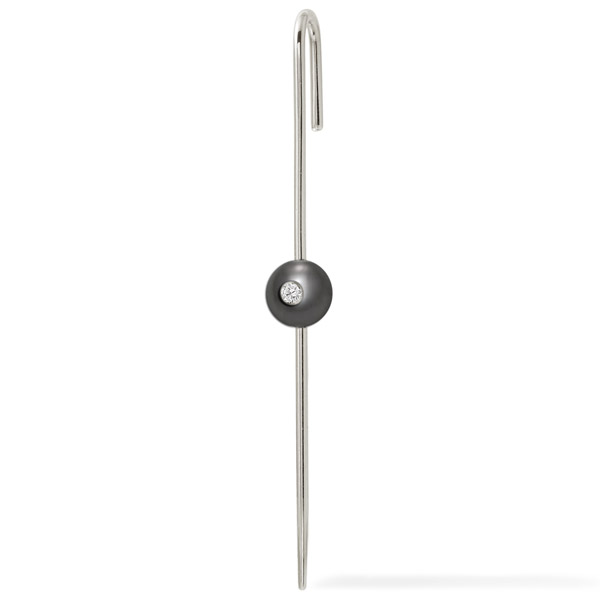
Black pearls—Tahitian pearls—are from French Polynesia, earning their name from the center of their commercial distribution, in and around Tahiti. And just like with their white counterparts, their color ranges may vary: from the deepest black to the “peacock” variety that shows a range of colors—green, blue, pink—on its glossy surface.
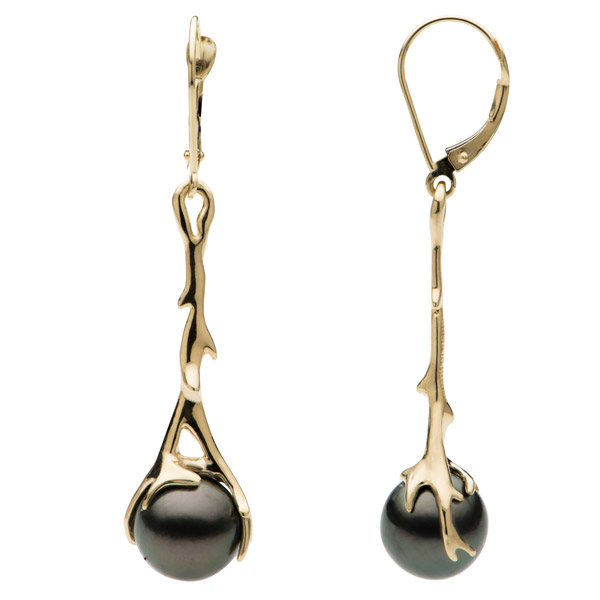
“I think what makes Tahitian pearls special is their consistent beauty and quality—the French Polynesian government has certain criteria with regard to what can be exported, including the nacre thickness and the amount of blemishes on each pearl,” says Hugo Laverde, creative director for Maui Divers Jewelry, a Honolulu-based brand that offers pearl jewelry, among other styles.
“When it comes to our pearls, like anything in our industry, jewelry is about people. We work with wonderful pearl dealers and pearl farm owners in French Polynesia who help us curate a beautiful array of black Tahitian pearls. Depending on the collection, we use certain colors, overtones, sizes, and shapes,” Laverde says.
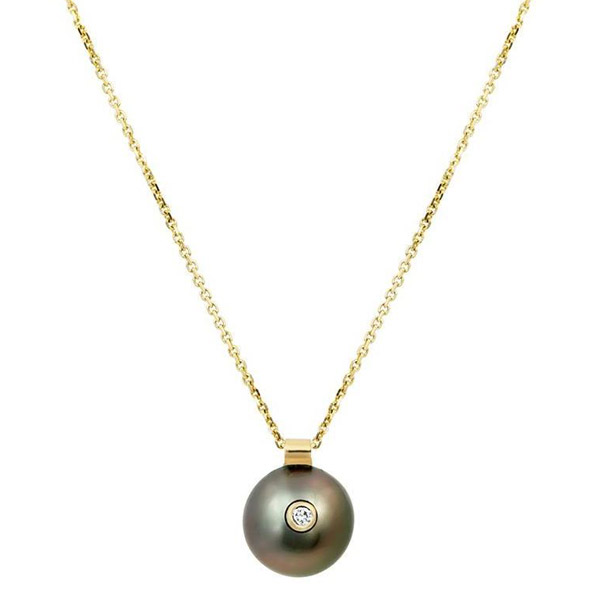
Further proof that pearls are so much more than what some may initially believe them to be.
Top: Necklace in 14k white gold with 10 mm–11 mm Tahitian pearl and 0.27 ct. t.w. diamonds, $2,550; Baggins
- Subscribe to the JCK News Daily
- Subscribe to the JCK Special Report
- Follow JCK on Instagram: @jckmagazine
- Follow JCK on X: @jckmagazine
- Follow JCK on Facebook: @jckmagazine






